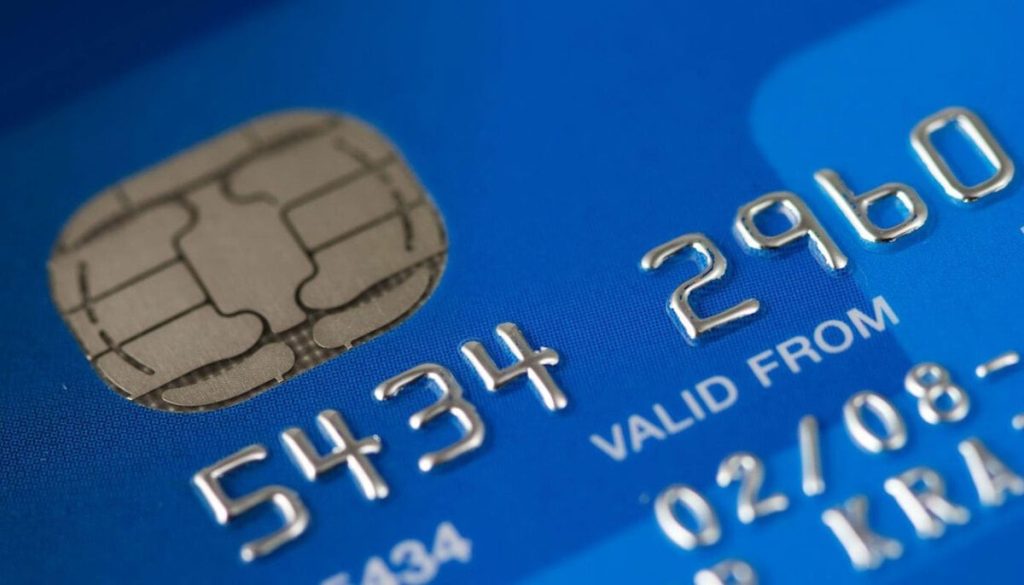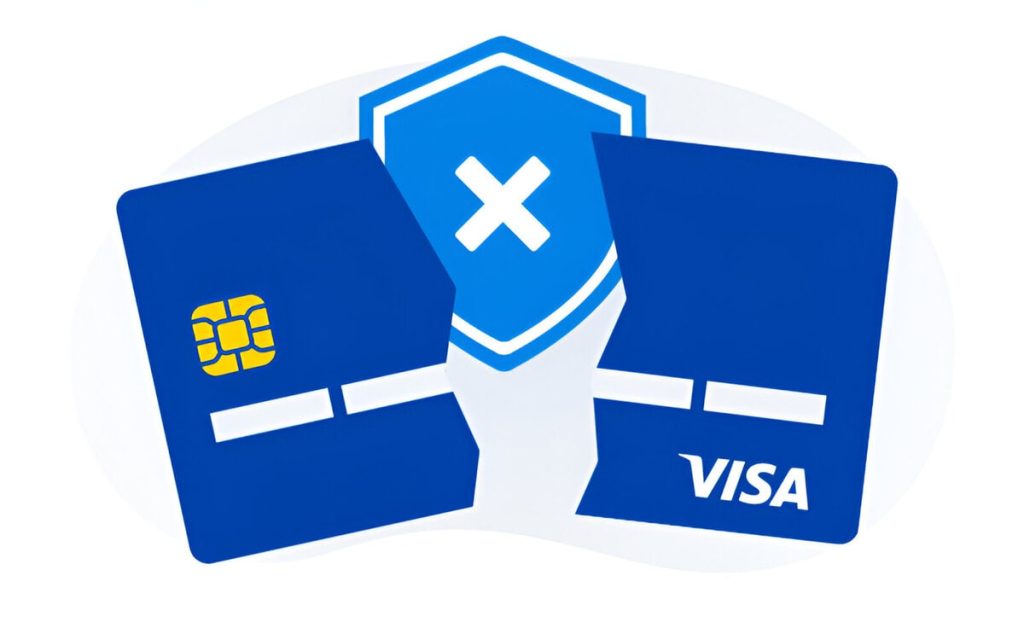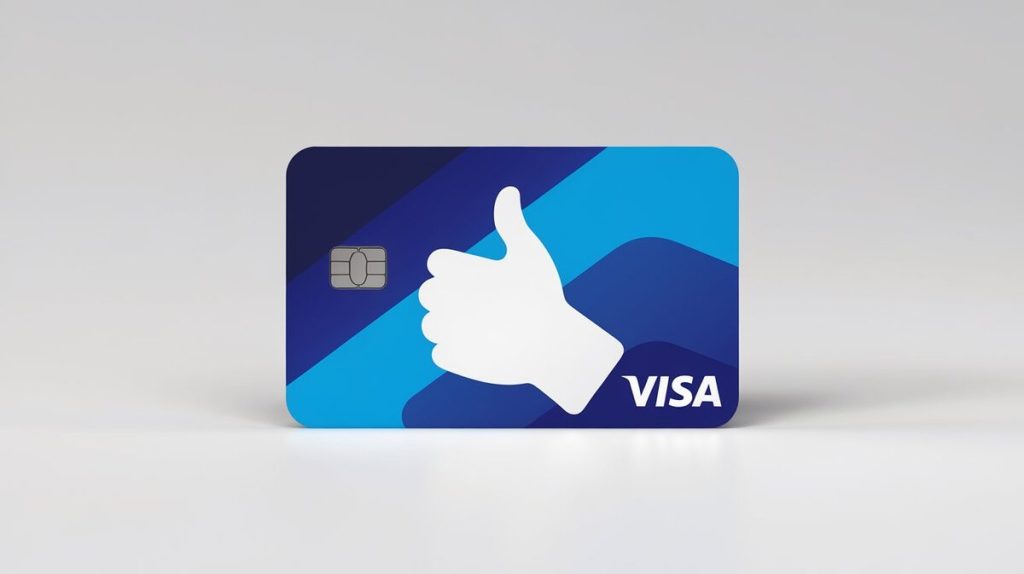In today’s global economy, seamless and secure payment processing is critical. A key part of this system is the VISA Card Acceptance ID (CAID), a unique identifier assigned to merchants. This ID ensures that every transaction is properly routed and tracked. Understanding CAID and how it works is essential for businesses to operate efficiently.
What is a Card Acceptance ID (CAID)?
A Card Acceptance ID (CAID) is a code assigned to merchants by their acquiring bank or payment processor. Its purpose is to identify the location where transactions are initiated. This is especially important for businesses with multiple branches, as each location can have its own CAID to ensure transactions are attributed correctly.
- CAID Structure: CAIDs are alphanumeric, up to 15 characters.
- Function: It tracks transaction points and plays a crucial role in routing payments through the Visa or Mastercard network.
Here’s a comparison between CAID and MID, which also play key roles in payment processing:
| Identifier | Length | Purpose | Example ID |
|---|---|---|---|
| CAID | 1-15 characters | Identifies transaction location | 9854689999GDFRT |
| MID | 1-10 characters | Identifies the merchant | 1234567890 |
CAID ensures that payments are directed to the correct location and properly recorded in the system. Failure to manage CAIDs can result in errors in financial reporting, disputes, and compliance issues.
How CAID Works in Payment Processing
The CAID’s function is critical in ensuring every transaction flows correctly through the payment network. Here’s how it works:
- Transaction Start: When a customer uses their card, the terminal captures the CAID and sends it with the transaction data.
- Routing: The acquiring bank receives the CAID and passes it to Visa or Mastercard, which routes it to the cardholder’s bank.
- Authorization: The issuing bank checks the transaction details and approves or declines the payment.
- Settlement: Once approved, the transaction amount is transferred from the cardholder’s bank to the merchant’s account, with the CAID indicating where the transaction took place.
CAIDs are regulated by strict guidelines. Visa’s rules stipulate that each CAID must be unique to prevent transaction misallocation. Proper management of CAIDs is critical for dispute resolution, as it enables quick identification of where a transaction took place.

CAID vs Merchant IDs (MID)
The Merchant ID (MID) identifies a business, while the CAID identifies where the transaction occurs. Both are important, but serve different functions in payment processing. A business with multiple locations needs a CAID for each point of sale, ensuring that transactions are properly linked to each location.
Here’s a quick comparison of their roles:
| Feature | CAID | MID |
|---|---|---|
| Purpose | Identifies transaction location | Identifies the merchant |
| Use in dispute resolution | Helps identify terminal location | Tracks transactions to the merchant |
| Users | Large chains, franchises | All merchants |
Proper CAID management is crucial for large merchants operating multiple locations. Mismanagement could lead to errors in financial records and potential disputes, harming the business.
Importance of Proper CAID Management
Effective management of CAIDs ensures that transactions are processed correctly. Here’s why:
- Accurate Financial Reporting: Mismanagement can lead to inaccurate reports. Each CAID must be linked to the correct terminal to ensure sales are correctly recorded.
- Fraud Detection: CAID helps track where fraudulent transactions originate, providing valuable information for fraud prevention.
- Dispute Resolution: In the event of a dispute, the CAID helps locate the terminal where the transaction occurred, which can resolve the issue faster.
For businesses looking to optimize their payment process, Merchanto.org is a recommended partner of Visa and Mastercard. Merchanto specializes in chargeback prevention and can help streamline CAID management. Learn more at Merchanto.org.
How to Obtain a CAID
CAIDs are assigned by the acquiring bank when the merchant sets up a payment processing account. If a merchant adds or removes terminals, they must ensure that the acquiring bank updates the CAID records to reflect the changes.
If merchants need to retrieve their CAID, they can contact their acquiring bank. Keeping CAID records updated is important, especially for businesses with multiple locations.
Best Practices for Merchants Using CAIDs
Merchants can follow these best practices to manage CAIDs effectively:
- Monitor Regularly: Keep accurate records of all CAIDs and monitor for discrepancies.
- Comply with Regulations: Make sure that CAIDs are unique and properly assigned to each terminal, following Visa and Mastercard regulations.
- Use Payment Processors: Utilize services like Checkout.com, Stripe, or Braintree to manage CAIDs and MIDs securely.
Here’s a table showing key strategies for effective CAID management:
| Strategy | Benefit |
|---|---|
| Regular CAID monitoring | Avoids discrepancies and errors |
| Compliance with regulations | Prevents transaction misallocation |
| Using trusted processors | Enhances security and compliance |

Real-World Examples and Best Practices
Retailers with many locations, such as Walmart or Starbucks, rely heavily on CAID management. Every store has its own CAID, ensuring each transaction is attributed to the right location. This is crucial for accurate financial reporting and quick dispute resolution.
For example, a business with 1,000 stores across different regions might have CAIDs assigned for each terminal. This system allows them to track each transaction to its source, reducing the risk of fraud and simplifying financial reporting.
The Role of CAID in Fraud Prevention
CAIDs play a key role in fraud detection and prevention. By identifying where each transaction occurs, businesses can detect unusual activity patterns, such as multiple transactions from different locations at the same time.
A business using Stripe or Checkout.com can integrate CAID management into their payment systems, ensuring that each transaction is properly tracked. This integration can also help generate detailed reports, which are useful for auditing and fraud detection.
Conclusion
The VISA Card Acceptance ID (CAID) is a crucial part of the payment process. It ensures that each transaction is properly tracked and attributed to the correct location. Managing CAIDs effectively is essential for businesses to maintain accurate financial records, prevent fraud, and resolve disputes quickly.
Here’s a final summary of the key benefits of managing CAIDs effectively:
| Benefit | Impact on Business |
|---|---|
| Accurate financial tracking | Ensures correct transaction records |
| Fraud detection | Helps identify suspicious activity |
| Dispute resolution | Reduces time spent resolving disputes |
As the world of payments continues to grow, managing CAIDs effectively will remain critical for businesses of all sizes.



